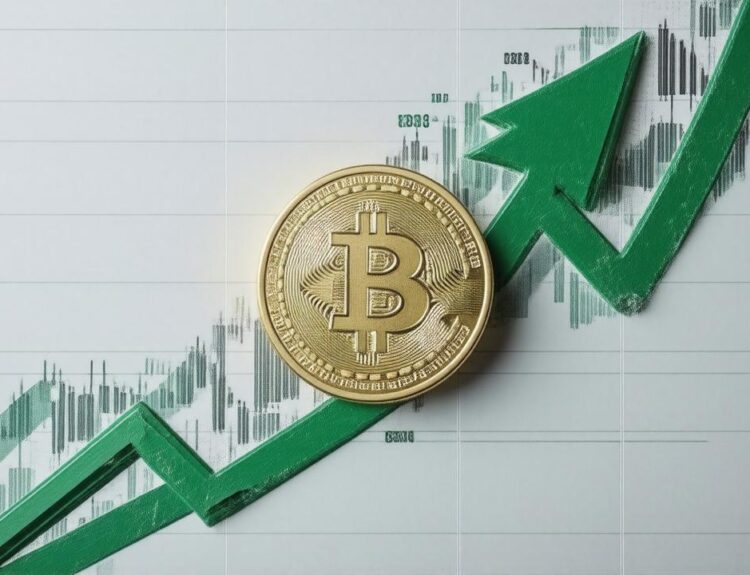Cryptocurrency Market Faces Turmoil Amid U.S.-China Trade Conflict
The cryptocurrency market experienced significant turbulence this week as escalating tensions between the United States and China fueled investor panic. Analysts at Nansen have cautioned that further deterioration in trade relations could lead to additional market downturns.
Bitcoin and Crypto Under Pressure
Bitcoin and other cryptocurrencies faced substantial sell-offs, with Bitcoin dropping below $75,000 during what has been dubbed “Black Monday.” This decline coincided with a sharp plunge in global equities following the announcement of new tariffs by U.S. President Donald Trump.
In response to the U.S. tariffs, China imposed retaliatory measures, including restrictions on rare earth exports. Trump further escalated the situation by threatening an additional 50% tariff hike on Chinese goods. According to Nansen analysts, these developments signal the onset of a “worst-case scenario” for risk assets, including crypto.
Worst-Case Scenario for Cryptocurrencies
Nansen analyst Aurelie Barthere highlighted the potential global growth shock that could result from prolonged trade tensions. In a recent market update, Barthere noted, “This is what the beginning of the worst case looks like. It would be growth-negative for every country and mark the beginning of a global growth shock. We would not touch crypto before deep bear market levels if this scenario unfolds.”
“The worst-case scenario represents significant risks for cryptocurrencies and global equities alike,” Barthere explained.
Best-Case Scenario: Stabilization and Recovery
While the outlook remains uncertain, Nansen analysts have outlined potential scenarios for the cryptocurrency market. A best-case scenario involves a de-escalation in trade tensions before April 9, 2025, when reciprocal tariffs are set to take effect. Such a resolution could stabilize risk asset markets and lead to a rebound in digital assets.
However, Nansen assigns only a 15% probability to this optimistic outcome. In contrast, the worst-case scenario—marked by prolonged trade conflict—is given a 30% likelihood.
The Base Case: Prolonged Negotiation
Nansen’s base case, which carries a 55% probability, assumes that some form of negotiation will occur, eventually leading to resolution. However, this scenario suggests markets will remain volatile in the near term as earnings reports and the fallout from tariffs continue to shape investor sentiment.
June is highlighted as a critical milestone, with Treasury Secretary Scott Bessent emphasizing its importance in determining the trajectory of the negotiations. Until then, Bitcoin and equities are expected to fluctuate amid uncertainty.
Federal Reserve Intervention
One potential stabilizing factor could be intervention from the Federal Reserve. Nansen analysts note that only a weaker labor market and visible signs of economic deterioration might prompt the Fed to take action. In this case, patience is advised as investors navigate the evolving trade conflict.
Tips for Crypto Investors Amid Market Uncertainty
For investors seeking to manage risks during this period of market volatility, consider the following tips:
- Diversify your portfolio: Avoid overexposure to a single asset class, including cryptocurrencies.
- Monitor global events: Stay informed about developments in U.S.-China trade negotiations and their impact on markets.
- Focus on long-term strategies: Avoid panic selling and prioritize investments with strong fundamentals.
- Evaluate risk tolerance: Assess your financial goals and adjust your investment strategy accordingly.
As trade tensions continue to unfold, the cryptocurrency market remains highly sensitive to global economic trends. Investors are encouraged to adopt a measured approach and closely monitor key developments in the weeks ahead.























